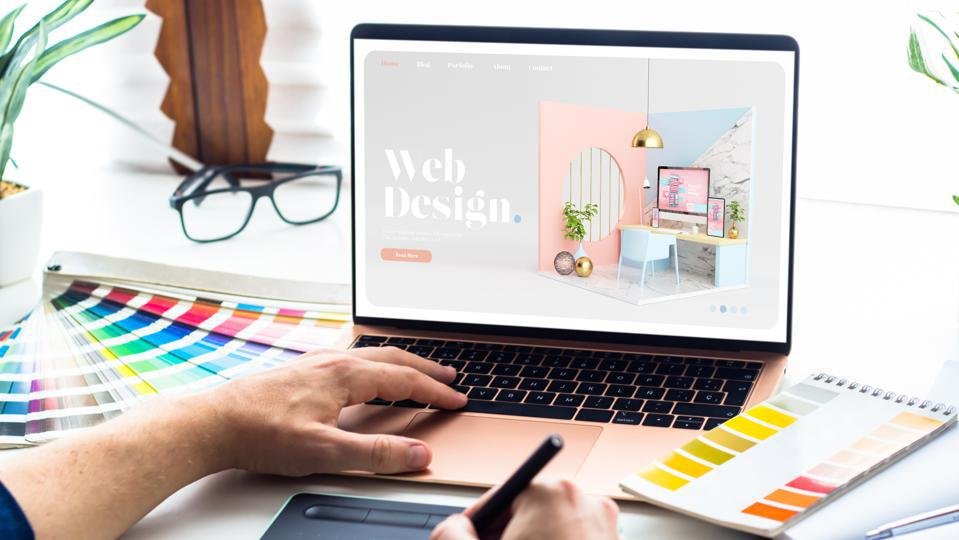In the realm of web design, every element plays a crucial role in shaping the user experience and conveying the brand’s message. One such often-underestimated element is typography. Diseño web profesional Typography refers to the art and technique of arranging type to make written language legible, readable, and visually appealing. When harnessed effectively, typography can significantly impact the overall aesthetics, readability, and professionalism of a website design.
1. Aesthetic Appeal and Visual Hierarchy
Typography serves as the foundation of a website’s visual hierarchy. It guides users’ eyes through the content, emphasizing key messages and information. Different typefaces, font sizes, and styles can create a hierarchy that directs the user’s attention to the most important content elements. For instance, headings and subheadings can be made more prominent to catch the user’s eye, while body text remains subtle and easy to read. This hierarchy aids in conveying the intended message clearly and efficiently.
2. Branding and Identity
Typography is a powerful tool for brand identity. The typefaces chosen for a website can reflect a brand’s personality, values, and tone. For example, a modern and sleek typeface might be appropriate for a technology company, while a more elegant and traditional typeface could be suitable for a high-end fashion brand. Consistency in typography across a website and other brand materials helps establish a cohesive and recognizable brand identity.
3. Readability and Accessibility
The primary purpose of a website is to convey information, and readability is at the core of this objective. The choice of typeface, font size, line spacing, and line length directly affects how easily users can read and comprehend the content. It’s important to choose typefaces that are legible across various devices and screen sizes. Additionally, adhering to accessibility guidelines ensures that individuals with visual impairments can also access the content. This includes using sufficient contrast between text and background and providing resizable fonts.
4. Emotional Impact and User Engagement
Typography can evoke emotions and influence user engagement. Different typefaces have distinct personalities – some feel friendly and approachable, while others exude professionalism and seriousness. Designers can use this emotional resonance to enhance the user experience. For instance, a website for a children’s toy company might use playful and whimsical typography to connect with its young audience.
5. Consistency and Cohesion
Consistency in typography maintains a sense of cohesion throughout a website. Using a limited number of typefaces and establishing clear rules for font usage contributes to a harmonious design. It prevents the website from appearing chaotic or unorganized, helping users navigate the content more easily.
6. Responsive Design Challenges
In the era of diverse devices and screen sizes, responsive web design is essential. Typography plays a significant role in ensuring a consistent and pleasant user experience across various devices. Font choices must adapt gracefully to different screen sizes without sacrificing readability. Scalable fonts and fluid typography are techniques used to maintain legibility while accommodating varying dimensions.
7. Whitespace and Visual Breathing Space
Whitespace, or negative space, is the empty area between elements on a webpage. Typography interacts closely with whitespace to create a balanced layout. Ample whitespace around text improves readability and provides a sense of visual breathing space. Proper spacing prevents the text from feeling cramped and overwhelming.
8. Experimentation and Creativity
While readability and consistency are essential, typography also offers room for creative experimentation. Mixing different typefaces within a cohesive design can add intrigue and character. However, such experimentation should be approached carefully to maintain a professional and visually pleasing aesthetic.
Conclusion
Typography is far more than just the choice of fonts; it’s a powerful design tool that significantly impacts how users interact with a website. From guiding visual hierarchy and brand identity to ensuring readability and emotional resonance, typography is a cornerstone of professional website design. By understanding the nuances of typography and its role in enhancing user experience, designers can create websites that are not only visually appealing but also effectively convey the intended message.
